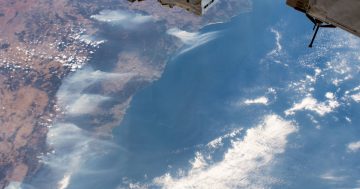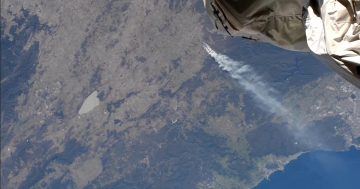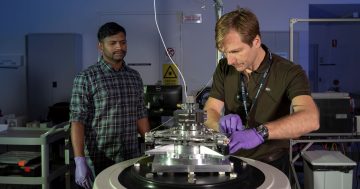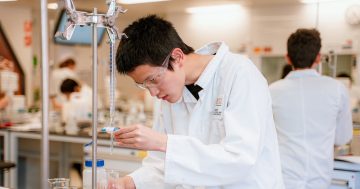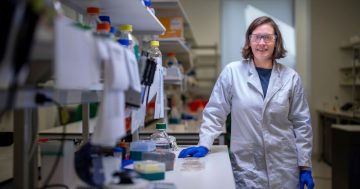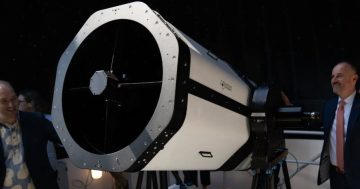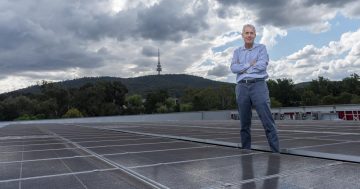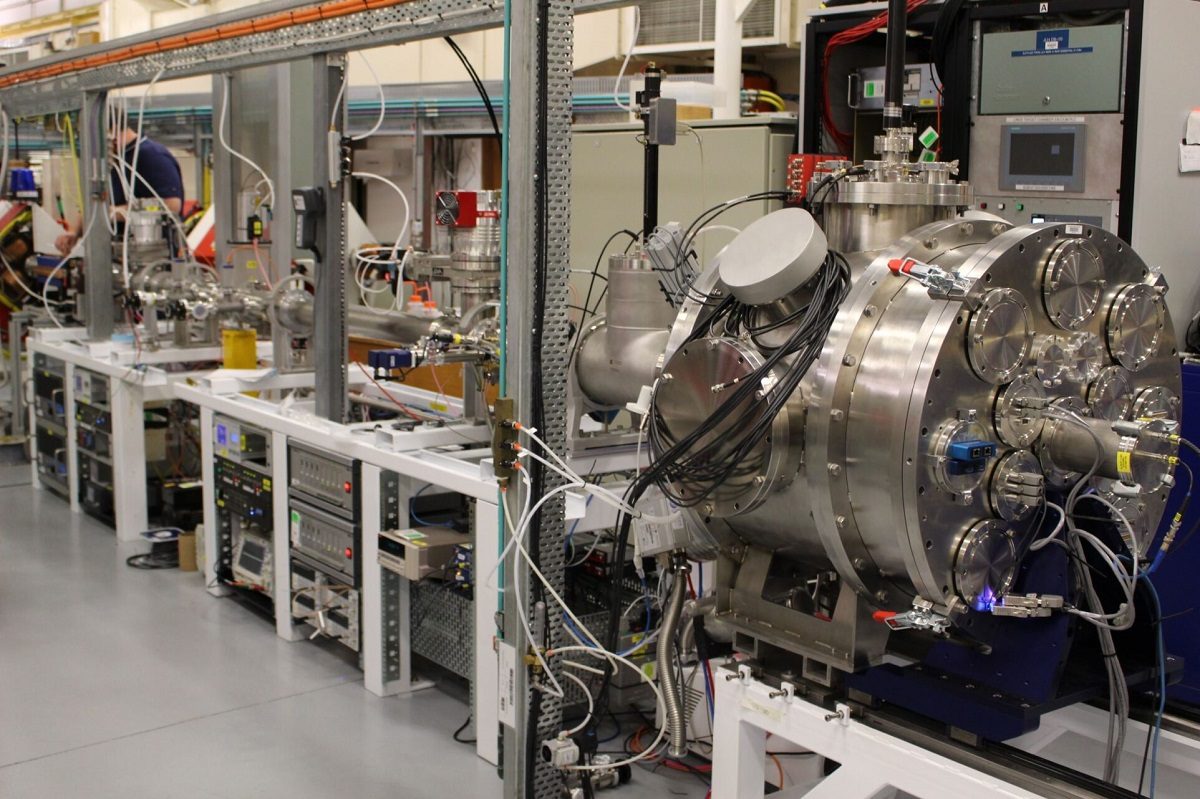
The advanced Space Irradiation Testing Beamline is able to simulate the radiation a piece of technology will be subjected to in space. Photo: ANU.
The Australian National University’s Research School of Physics has opened a new facility capable of simulating high-energy particle radiation for the qualification of technology that is to be used in space.
Located in the school’s Heavy Ion Accelerator Facility (HIAF), the new space irradiation testing beamline was unveiled this week. The facility is funded by the Australian Space Agency and is a capability the ANU says has been needed in Australia. Previously, components had to be sent to Europe or the US in order to test their ability to withstand the constant bombardment of radiation encountered in space.
“The cutting-edge space irradiation beamline will further cement Australia as a global partner in space,” the Deputy Head of the Australian Space Agency Ms Dara Williams said in a release.
“This critical space infrastructure will make it easier and more cost-effective for Australian technology to be qualified for space – allowing our industry to keep innovating at pace and to get more Aussie-made tech into orbit.”
The HIAF is home to a 15 million volt 14UD Tandem van de Graaff accelerator and a six million volt equivalent superconducting linac booster. The facility can deliver beams of nearly any element to one of eleven beam lines, and it supports a wide range of fundamental and applied science, including nuclear physics, astrophysics, medical physics, resource extraction, environmental science and space radiation.
The Beamline “…is an exciting added dimension for HIAF, whose combination of world-class facilities and highly trained research and technical staff already draws researchers from around the globe to carry out experiments on astronomy, environmental, medical, materials, nuclear and quantum physics,” HIAF Scientific Director Professor Mahananda Dasgupta said.
The Beamline is part of the newly-formed National Space Qualification Network (NSQN). The NSQN was funded by the Australian Space Agency Space Infrastructure Fund and coordinated through ANU InSpace to develop and integrate local infrastructure capable of developing new space technologies.
There are other NSQN capabilities at the HIAF as well as the ANU’s National Space Test Facility, at the University of Wollongong Centre for Medical Radiation Physics, Steritech Pty Ltd in Queensland, and the Australian Nuclear Science and Technology Organisation in Sydney.
“The Australian Space Agency is proud to have supported the establishment of the National Space Qualification Network,” Ms Williams said.
“HIAF is a $100 million facility and the highest energy ion accelerator in Australia,” she said. “Together with our partners in the newly-formed NSQN, we will act as a springboard to propel the Australian space industry to the next level.
“The long-term partnership between ANU and the National Collaborative Research Infrastructure Strategy (NCRIS) has ensured that HIAF is a state-of-the-art facility that can be leveraged quickly for the burgeoning Australian space industry.
“It expands on HIAF’s five-decade-strong track record of enabling globally recognised top-tier discoveries in fundamental nuclear physics.”
The ANU says it is already receiving interest from international users seeking more timely radiation testing. Australian partners and users from industry, academia and research institutions include CSIRO, the Defence Science and Technology Group, AICRAFT, RocketLab and Swinburne and Curtin Universities.
The opening of the beamline and the success of Australian space research institutions is encouraging to a sector that is reeling after three Australian space programs including a constellation of earth observation satellites were cancelled by the government in recent months, ostensibly for the purposes of budget repair.












